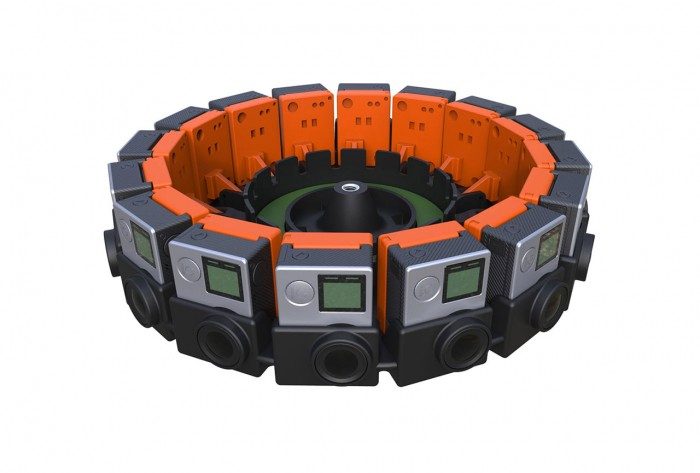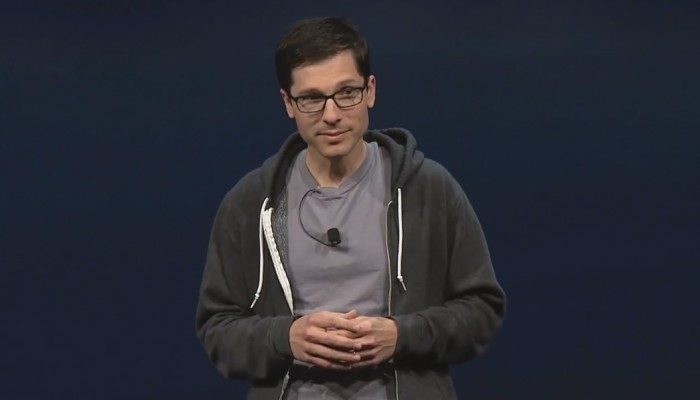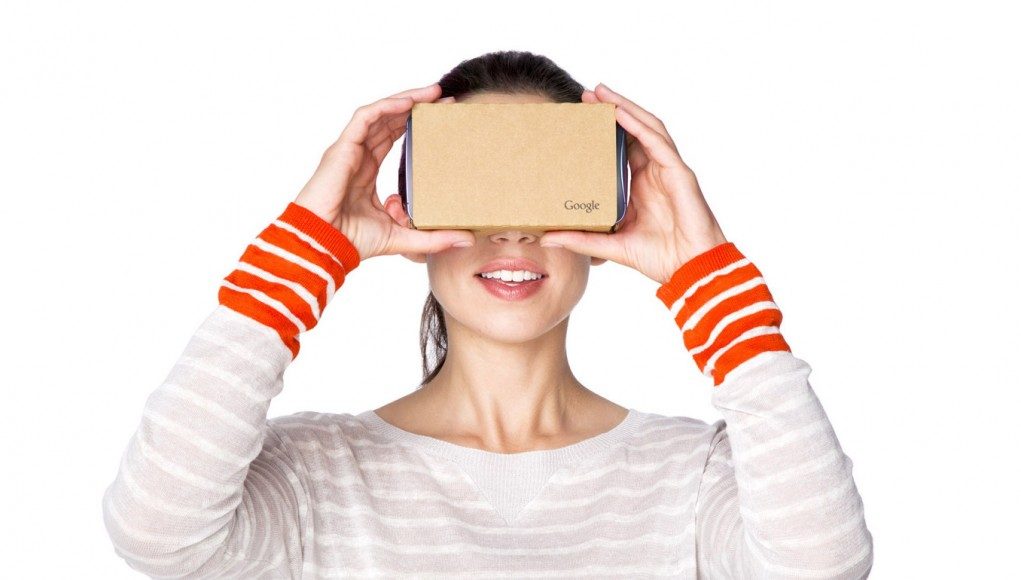Google have been floating at the periphery of serious commitment to virtual reality since the launch of their ultra low-cost Android Cardboard VR platform in 2014. But this year’s Google I/O session schedule indicates it’s about to throw some real weight behind the technology in 2016 and beyond.
It’s hard to believe that it’s been almost two years since technology giant Google launched a most unlikely assault on the then still germinating virtual reality garden. Cardboard promised, and delivered, the lowest possible barrier of entry to the world of immersive entertainment. All you needed was a capable smartphone running Android and a cardboard kit.
As projects go, it wasn’t wholly original (Palmer Luckey had himself had a hand in something similar at USC in 2012, prior to founding Oculus), but it was expertly envisioned and executed and its impact was unquestionably significant. Whether you’re of the opinion that Cardboard “poisoned the well” of virtual reality, by offering a potentially variable experience based on hardware capability, it feels as if Cardboard has played a generally positive role in introducing ordinary people to VR. Hell, even McDonald’s and Coca Cola got in on the act last year, bring Cardboard compatible viewers to their promotional campaigns.
But that stellar opening from Google never really felt as if it was followed through on. Yes, we had plenty of support from developers rushing to support the platform (some good, a lot of bad). And yes, Cardboard units in various forms have shipped in their millions. But two years on, Google’s only official virtual reality platform has not changed much fundamentally since its original inception.
We have seen Google owned YouTube iterate their support for 360 video over that time. And news from Google’s Jump initiative, a hardware and software platform to aid and enable VR video production, which launched at last year’s I/O conference, was certainly welcome. But Google’s will to creating a sequel to Cardboard, one that can rival experiences already being produced by Android-based headsets like Gear VR, is difficult to gauge right now.

It looks like might be about to change next month, as the schedule for this year’s I/O conference due to take place from May 18 has now been released, revealing a dedicated, hour long session entitled “VR at Google” with the tantalising subtitle “Google’s vision for VR: what we have built, what we have learned, and where we are headed,” presented by Google’s new Vice President of Virtual Reality.
Google’s appointment of Bavor to his newest position last year, one that he seemed to have been doing some time anyway, was significant in that it gave some focus and definition to the company’s VR efforts and sent a message that they were serious about it. Next month, Bavor gets to outline his division’s plans for virtual reality. What might that be? We don’t know yet, although the lack of ‘Cardboard’ in the description may indicate we’re in for something wholly new.
Bavor told Road to VR’s Ben Lang and last year’s I/O conference that Google now has a dedicated virtual reality team that’s “bigger than you might expect,” going on to tease that Google is “working on things not made out of cardboard,” hinting that the next iteration of the company’s VR smartphone adapters may be heading toward a consumer-level of fit and finish. “That’s not at all where our ambitions end,” he said about the Cardboard headset itself.

In terms of speculation, we’re hoping for something which gives developers a more performance platform, something which can at least rival the likes of Gear VR in experience – which, to many, is where the minimum experiential bar of truly compelling VR stands at this point. Perhaps a minimum specification and certification system for Android hardware to ensure that, like consoles and to an extent PCs, developers can target something defined. What about entirely standalone Android based VR headsets, like those from GameFace Labs that don’t require phones but are dedicated to good mobile, untethered VR experiences? Finally, perhaps we might see an experiential ratings and curation system, similar to that present in Oculus Share and Home, which filters nauseating and poorly produced content out before it reached the consumer.
But what about you? What do fans (or detractors) of Cardboard want to see next from Google? What do you as a consumer want to see next from mobile VR platforms? If you’re a developer, how can Google make it easier for you to create VR content and your business case for doing so more compelling? We’d love to hear your thought below in the comments section.
Mobile, or at least untethered, VR is widely regarded as the next logical destination for virtual reality hardware evolution. For that evolution to accelerate, we need the major players in the existing mobile operating system space, both Google and Apple, to commit to virtual reality in a big way. If we’re to reach the dream of pocket-able VR systems that are wireless and worn like glasses, this has to happen.
We won’t have long to wait to find out what Google has in mind for VR in 2016 as Road to VR will be present at Google I/O from May 18 to bring you events as they unfold from the show floor.








